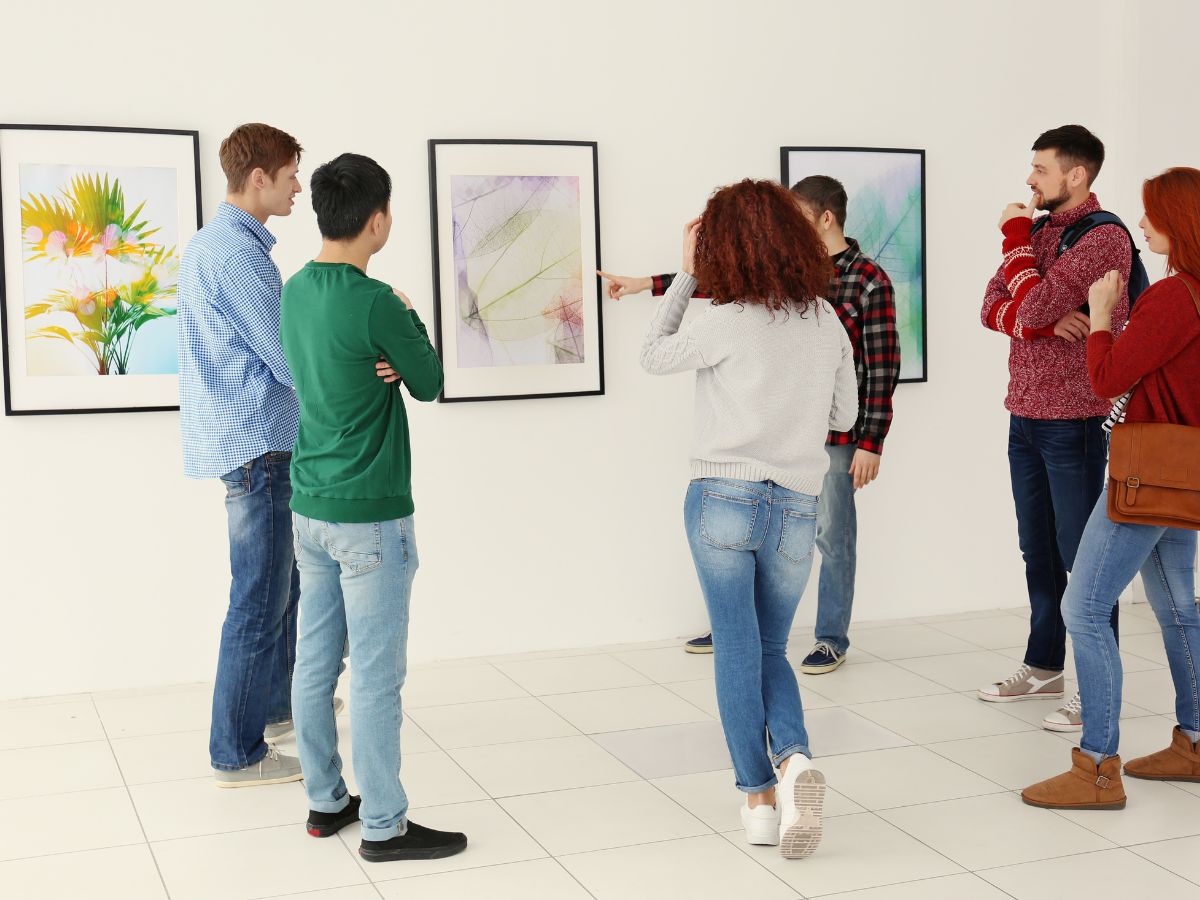
How to Begin Art Collecting: A Guide for New Enthusiasts
Starting an art collection can be both exciting and rewarding, offering personal enjoyment and potential financial appreciation. For beginners, this world may seem daunting, but with the right approach, you can build a collection that reflects your tastes and values. Here’s how to get started.
1. Define Your Interests and Objectives
Before making any purchases, reflect on what draws you to art collecting. Are you motivated by the aesthetic pleasure of owning beautiful pieces, the desire to support emerging artists, or the potential for investment returns? Clarifying your objectives will guide your decisions and help you curate a collection that aligns with your passions.
2. Educate Yourself
Immerse yourself in the art world to develop a discerning eye:
- Visit galleries and museums. Spend time observing various art styles and periods. This exposure will help you identify what resonates with you.
- Attend art fairs and exhibitions. These events showcase a wide range of artists and styles, providing insight into current trends and emerging talents.
- Engage with art publications and online resources. Read books, magazines, and reputable websites to deepen your understanding of art history and contemporary movements.
3. Set a Realistic Budget
Know how much you’re willing to invest in your collection. Remember, collecting art doesn’t require immense wealth; there are quality pieces available at various price points. Starting with smaller works or limited edition prints can be an affordable way to begin.
4. Start Small and Build Gradually
As a new collector, it’s wise to begin modestly:
- Buy limited edition prints. These are often more affordable than original paintings and can be a great entry point.
- Support emerging artists. Purchasing works from up-and-coming artists can be both cost-effective and personally rewarding.
As you gain confidence and knowledge, you can gradually invest in more significant pieces.
5. Buy What You Love
While investment potential is a consideration, the primary motivation should be personal enjoyment. Choose pieces that resonate with you emotionally and aesthetically. Living with art you love enriches your daily life and ensures lasting satisfaction.
6. Verify Authenticity and Origin
Ensure the legitimacy of any artwork before purchasing:
- Request documentation. Get certificates of authenticity and detailed origin records.
- Consult experts. Seek advice from reputable dealers or art advisors to confirm the artwork’s authenticity.
This due diligence protects your investment and maintains the integrity of your collection.
7. Consider Logistics
Practical aspects of art collecting include:
- Storage and display: Ensure you have appropriate space to display or store artworks safely.
- Insurance: Protect your collection with adequate insurance coverage against damage or theft.
- Maintenance: Learn proper care techniques to preserve the condition of your pieces.
8. Network with Other Collectors
Building relationships within the art community can provide valuable insights:
- Join collector groups. Participate in local or online communities to share experiences and advice.
- Attend networking events. Come in gallery openings, workshops, and seminars to connect with like-minded individuals.
These interactions can enhance your knowledge and open opportunities for acquiring new pieces.
9. Be Patient and Enjoy the Journey
Art collecting is a personal and evolving journey. Take your time to discover what truly appeals to you, and don’t rush acquisitions. Each piece should add value and meaning to your collection.
Ready to embark on your art collecting adventure? Start by visiting local galleries and exploring online art platforms to discover pieces that speak to you.

